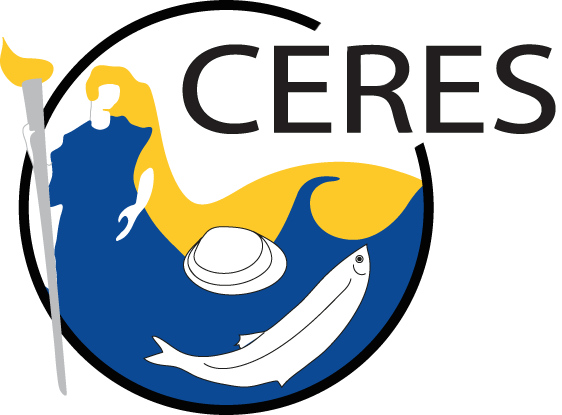Physiological measures can help to identify environmental thresholds that constrain organismal-level performance. Relating these thresholds, in a cause-and-effect manner, to long-term changes in the vital rates (e.g. growth, survival, reproduction) of wild populations has the potential to generate robust science advice needed to support conservation efforts. Here we investigate the hypothesis that the decreasing annual productivity (i.e. larval and juvenile abundances) of Western Baltic Spring-Spawning (WBSS) herring over the last decade is linked to warmer springs exceeding the physiological optimum of early life stages. First, researchers used laboratory experiments to identify the optimal and arrhythmia-inducing temperatures for cardiac function in herring larvae (approx. 16 °C and 21 °C, respectively), which were not significantly influenced by rearing temperature (7, 11 or 15 °C). These laboratory results matched well the decreased growth rates determined in the wild for larvae at temperatures beyond 17 °C. Second, we calculated a thermal threshold index based on the number of days above the optimal 16 °C threshold during the herring spawning time (March-June), which significantly increased from 1992 to 2017 for a major spawning ground of WBSS herring. Over the same time period, the thermal threshold index was significantly correlated to decreased annual productivity of WBSS herring. This finding suggests that warming is at least partially responsible for the steady decline in annual productivity of this population over the past decade. This study adds to the growing body of evidence that physiological measurements can be used as indicators of population resilience, and that the knowledge gained from laboratory experiments can be translated into advice for effective single-species (and eventually ecosystem-based) conservation and management.
Moyano M, Illing B et al. Linking individual physiological indicators to the productivity of fish populations: A case study of Atlantic herring. Ecological Indicators. 2020; 106146

Comments